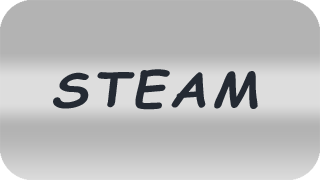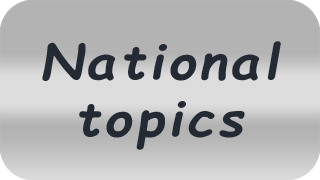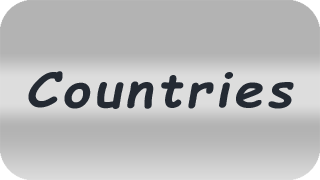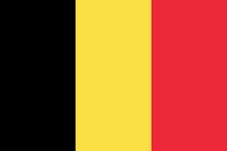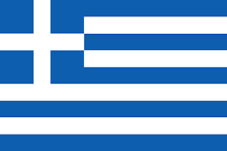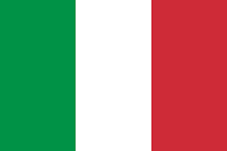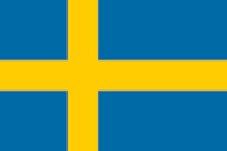Let's SteamOn
Want to learn more about our project, about STEAM or about the schools and outcomes?
What is STEAM?
STEAM is an educational approach to learning that uses Science, Technology, Engineering, the Arts and Mathematics as access points for guiding student inquiry, dialogue, and critical thinking. Is a way to teach how all things relate to each other, in school and in life. It’s more fun than traditional learning styles and makes more sense to all types of learners because it is based on the natural ways that people learn and are interested in things.
It is not just an ‘addition’ or ‘extension’ of STEM. Is a complete interdisciplinary learning methodology that provides an avenue for formally teaching how subjects relate in real-life.
Science, is the study of the natural world, including the laws of nature associated with physics, chemistry, and biology and the treatment or application of facts, principles, concepts, or conventions associated with these disciplines.
Science is both a body of knowledge that has been accumulated over time and a process — scientific inquiry — that generates new knowledge. Knowledge from science informs the engineering design process and helps the development of technological artifacts. We could say that Science is involved in almost all fields of STEAM.
Technology, while not a discipline in the strictest sense, comprises the entire system of people and organizations, knowledge, processes, and devices that go into creating and operating technological developments, as well as those developments themselves. Throughout history, humans have created technology to satisfy their wants and needs.
Much of modern technology is a product of science and engineering, and technological tools are used in both fields.
Engineering, is both a body of knowledge — about the design and creation of human-made products — and a process for solving problems. Is defined as “design under constraint,” where the constraints include the laws of nature, cost, safety, reliability, environmental impact, manufacturability, and many other factors.
While science attempts to discover what is, engineering is concerned with what might be — with extending human capability through modifying the natural world. Indeed, engineering is responsible for many of the most significant improvements in our quality of life.
Engineers identify and then solve problems using a highly creative and repetitive design process. While engineering requires the application of mathematics and scientific knowledge, it is this design process and the practical nature of the problems tackled that best distinguish engineering.
Art, is a diverse range of human activities in creating visual, auditory or performing works of art (artworks), expressing the author's imaginative or technical skill, intended to be appreciated for their beauty or emotional power.
Arts are a great learning tool and can serve as an on-ramp to STEM for underrepresented students. Engaging students’ strengths using art activities increases motivation and the probability of STEM success. Art can be viewed as a way of offering more diverse learning opportunities and greater access to STEM for all types of learners.
Arts include the four main disciplines of dance, drama and theater, music, and visual arts and may also include support for the various other art forms, including folk art, film, video, the writing of plays, prose, poetry, and scripts.
Mathematics, is the study of patterns and relationships among quantities, numbers, and space.
Unlike in science, where empirical evidence is sought to warrant or overthrow claims, claims in mathematics are warranted through logical arguments starting from basic assumptions. The logical arguments themselves are part of mathematics along with the claims.
As in science, knowledge in mathematics continues to grow, but unlike in science, knowledge in mathematics is not overturned, unless the foundational assumptions are transformed.
EUROPE IN CHANGE

Our future heavily relies on technology and related sciences. As a result the next decades will witness an increased demand for people with relevant skills to meet this challenge. In the field of education Europe is therefore facing the urgent need of attracting enough people interested in science (S), technology (T), engineering (E) and mathematics (M) related fields of study and subsequent professions. It has therefore been supporting STEM education in many ways for some years. Recently though one has started the transition to STEAM, adding the A for Art. This A component adds extra attention towards aspects like creativity, innovative problem solving and social awareness, all of them important skills in our fast developing society.
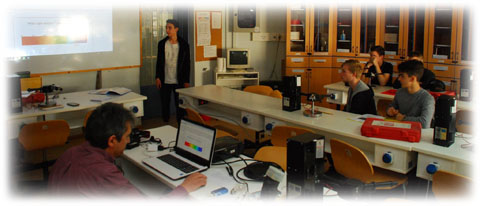
Our project aims first of all at developing engaging STEAM (STEM+Art) teaching materials for around 16(-17) year old secondary school students. This teaching material will be developed and evaluated by teachers in realistic class room situations and afterwards be used as an empowering teacher training tool, not only for the teachers of the participating schools, but all European teachers interested. By integrating a multitude of subjects in these STEAM courses we aim at creating an open mindedness in teachers towards other fields of expertise and a willingness to co-operate on common STEAM goals..
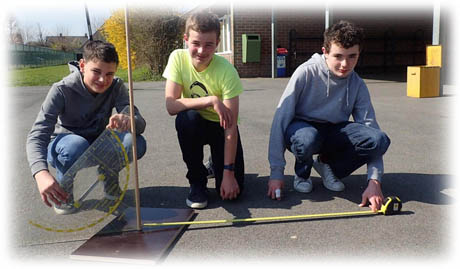
At the same time and as a second important goal we want to create a joint work of Art expressing the topic "Europe In Change" and turning the tables completely. Art should not be an inferior servant towards the bigger STEM goal. We would like to demonstrate that Art can be the ultimate goal with all STEM subjects being in its service. "Europe In Change" offers many possible perspectives ranging from the fast technical revolution to recent challenges like the migration wave that Europe is presently facing.
Finally - as some kind of spin off - we also want to focus on younger children, their parents and even the public in general by releasing sets of questionnaires and quizzes about a variety of STE(A)M experiences in their daily life . These parts of the project will be called STE(A)M@home and STE(A)MforAll.
NATIONAL TOPICS
Every participating school will put forward an interesting topic that will require all schools to co-operate in order to produce all-encompassing STEAM teaching material.
In the course of three years 6 "packages" of STEAM lessons will this way be developed and made available to the European educators through internet (web and mobile) applications. Every school has been asked to link up its topic with an important national and perhaps historic figure, this way enhancing cross-cultural learning between all participants.
Our national topics
-
STEAM 1, From Mercator maps to Google Street View (Belgium)
-
STEAM 2, From Democritus' atom to quarks (Greece)
-
STEAM 3, From Pehr Wilhelm Wargentin to the moon eclipse on 27 july 2018 (Sweden)
-
STEAM 4, From Marconi to mobile apps (Italy)
-
STEAM 5, From Henry the Navigator over Os Lusiadas to a Europe in Change (Portugal)
-
STEAM 6, From Herman Potočnik Noordung to satellites (Slovenia)
Countries
Co - funded by the Erasmus+ Programme
|
"Europe in Change: STEAMing ahead towards our future" is an "Erasmus+ Key Action 2 - Cooperation for Innovation and the Exchange of Good Practices, Strategic Partnerships for Schools Only" co - funded project. It involves schools from 6 countries (Belgium, Greece, Italy, Slovenia, Portugal and Sweden), it started at 01/09/2016 and has a duration of 36 months. For more information about the project please don't hesitate to contact us.
|
 |








